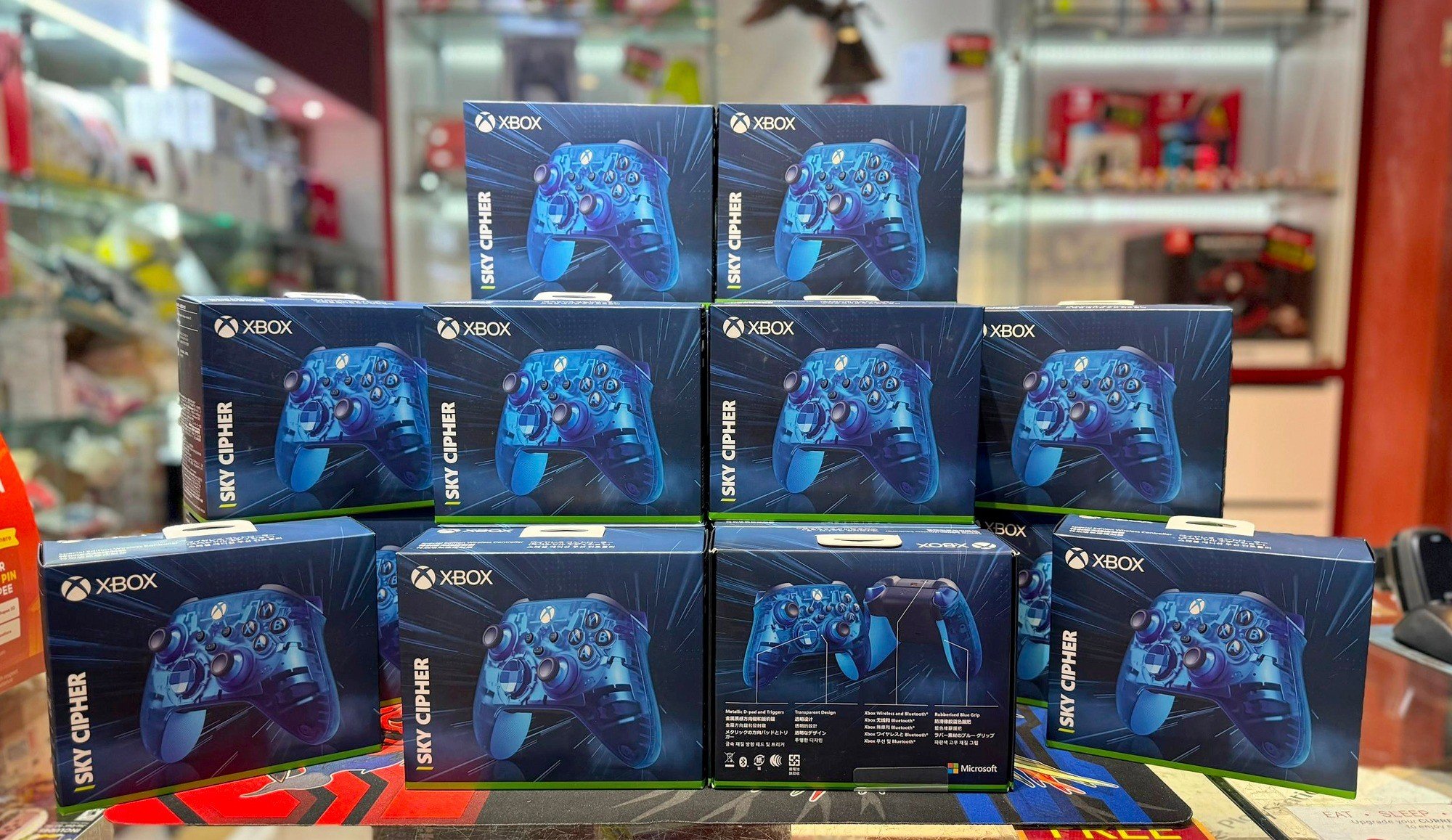Xbox and Southeast Asia
Xbox doesn’t know what to do in Southeast Asia
Xbox has a significant issue, and it’s not just about its current “This is an Xbox” marketing or the fact that exclusives are playable on PlayStation’s consoles. The real problem is that, while Xbox is trying to push its cloud gaming and “This is an Xbox” marketing, it has no idea what to do in Southeast Asia.
Ironically, they had it figured out back in the Xbox 360 era. Many people owned an Xbox 360 in Southeast Asia, from officially supported countries like Singapore to unsupported countries like the Philippines, Malaysia, and Indonesia.
So, what went wrong? Well, it’s related to the Xbox One launch.
When the Xbox One launched in Singapore, there was a large queue. Everyone was eager to get their hands on the latest Xbox console. However, there was a problem: the PS4 had already launched a year earlier in Singapore and Southeast Asia.
I attended this event, queuing up for the Xbox One, not for myself but for a friend, because I didn’t want to wait until Day One 2014. I imported it from the UK. Interestingly, the queue was shorter than it had been for the launch of Halo and Gears of War at the same venue. Why? Because everyone didn’t want to wait for the next generation; they wanted it immediately with the PS4.
It makes you wonder why Microsoft, who launched the Xbox 360 a whole year earlier than the PS3, would make the mistake of releasing the Xbox One a year later in Singapore—a country where they had more consumers due to the delayed PS3 release.
Unfortunately, Xbox continued to make this mistake later in the generation, releasing features late in Southeast Asia.
It all started with the launch of Xbox Game Pass. Xbox aimed to penetrate the Asian market—not just East Asia, but the entire Asian region.
With Xbox Game Pass, they intended to show gamers worldwide, including Asia, that gaming could be accessible with a single piece of hardware and a subscription.
But what happened? Instead of seizing the opportunity to launch Xbox consoles or include Southeast Asian countries like Malaysia and the Philippines as officially supported regions, only Singapore was listed as an officially supported country.
Perhaps they were nearing the end of the Xbox One’s lifecycle and did not want to launch the same console in another region, which is understandable.
With the launch of Xbox Series X|S, they chose to maintain the status quo. In 2022, two years later, Xbox introduced PC Game Pass to Southeast Asian countries. The perplexing part? They included Singapore, a country with Xbox Game Pass Ultimate at the same price as other regions with the Ultimate tier, but did not launch any cloud gaming features in Singapore.
This makes one wonder, for console gamers, what is the point of owning an Xbox?
With the launch of PC Game Pass in every SEA country except Singapore, which still has Game Pass Ultimate, their marketing strategy for SEA changed. The Xbox SEA Facebook page only posted PC Game Pass releases, their profile picture featured PC Game Pass, and they marketed PC Game Pass daily.
This clearly showed that Microsoft has disregarded SEA as a viable console market for Xbox. It also demonstrated that Xbox’s leadership has decided to neglect Singapore and Xbox Game Pass Ultimate in that one SEA country.
Therefore, if you are a gamer in Southeast Asia, PC Game Pass is the only option worth considering. Buying an Xbox console in Singapore is pointless as you will not get most features available in other countries.
This raises the question: why does Xbox have this one-track mind when it comes to gaining traction in Asia, focusing solely on East Asia instead of the entire region?
Simply put, Xbox has given up on consumers purchasing or investing in Xbox hardware. They lost their audience during the Xbox One era after launching a year later and chose not to compete. Instead, they made a global effort to treat every hardware that runs a Microsoft OS as an Xbox.
This is why PC Game Pass has become the primary focus for Game Pass marketing in Singapore and SEA. Why encourage people to buy Xbox hardware and a subscription when they already have a PC, the other gaming hardware most SEA gamers own besides PlayStation and/or Nintendo consoles?
Why offer a higher and pricier subscription when you can sell a cheaper one? And most importantly, why invest in servers for one country with Game Pass Ultimate?
Xbox neglecting Singapore since the global launch of Xbox One in 2013, and a year later in Singapore, has had the biggest butterfly effect on Xbox in the SEA region.
This allowed PlayStation to gain more players in this region and more subscribers to PlayStation’s subscription services, PS+ Extra and Deluxe. PS+ Deluxe is a cheaper tier than Premium, as it doesn’t have any cloud services but includes all the classic games, played locally, on your console.
While PlayStation has its own problems in the SEA region, their launch of consoles and services has been tailored to this region.
Xbox, on the other hand, has decided to call it a loss and focus on serving PC Game Pass while ignoring SEA as a region, instead supporting East Asian countries like Japan and South Korea.
While I’m fine with a company choosing to focus on other countries and regions, I would prefer Xbox to be clear in its messaging and explicitly support East Asian consumers, instead of lumping all of Asia into their marketing.





